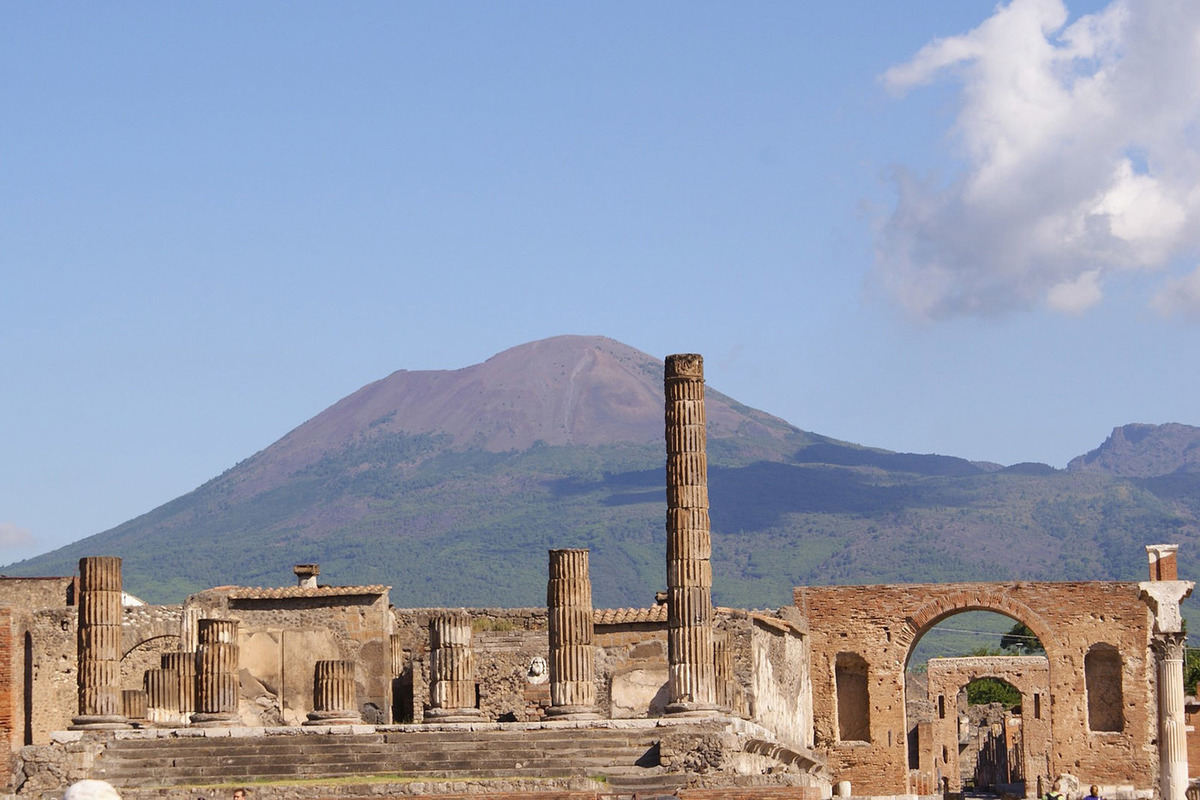The discovery by archaeologists of a room in Pompeii told about the life of ancient slaves
[ad_1]

Remains of two mice and a rat found in antique room
A new find was made by archaeologists studying antiquity. A bedroom used by slaves has been discovered by archaeologists near Pompeii. The find at Civita Julian’s villa sheds light on the low status of slaves in the ancient world.
Archaeologists have discovered a small bedroom in a Roman villa near Pompeii that was almost certainly used by slaves, shedding light on their low status in the ancient world, Italy’s culture ministry said Sunday.
The slave room was found in the villa of Civita Julian, about 600 meters (2,000 feet) north of the walls of Pompeii, which was destroyed by the eruption of Mount Vesuvius almost 2,000 years ago, The Guardian notes, citing Reuters.
In the ancient room there were two beds, only one of which had a mattress, two small cabinets and a row of urns and ceramic vessels, in which the remains of two mice and a rat were found.
“These details once again highlight the conditions of instability and poor hygiene in which the lower echelons of society lived at the time,” the Italian culture ministry said in a statement.
No traces of bars, locks or chains were found to keep the occupants of the room, Reuters notes.
“It seems that control was primarily exercised through the internal organization of slavery, rather than physical barriers and restrictions,” says Gabriel Zuchtrigel, director of the Pompeii archaeological park.
Excavations at Villa Civita Juliana were carried out in 1907-1908, and again in 2017, when the police discovered that the site had been looted by illegal diggers.
Archaeologists reported that part of one of the beds was destroyed by a tunnel that the robbers used to get into another part of the villa.
Mount Vesuvius exploded in 79 AD, killing thousands of Romans who had no idea they were living under one of Europe’s largest volcanoes.
The eruption buried the city under a thick layer of ash, saving many of its inhabitants and buildings.
The site has recently seen a surge in archaeological activity aimed at ending years of decay and abandonment, thanks in large part to a €105 million EU-funded project.
Gennaro Sangiuliano, culture minister, said on Sunday that conservation and research efforts will continue.
“What we learn about the material conditions and social organization of that era opens up new horizons for historical and archaeological research,” he said.
[ad_2]
Source link








